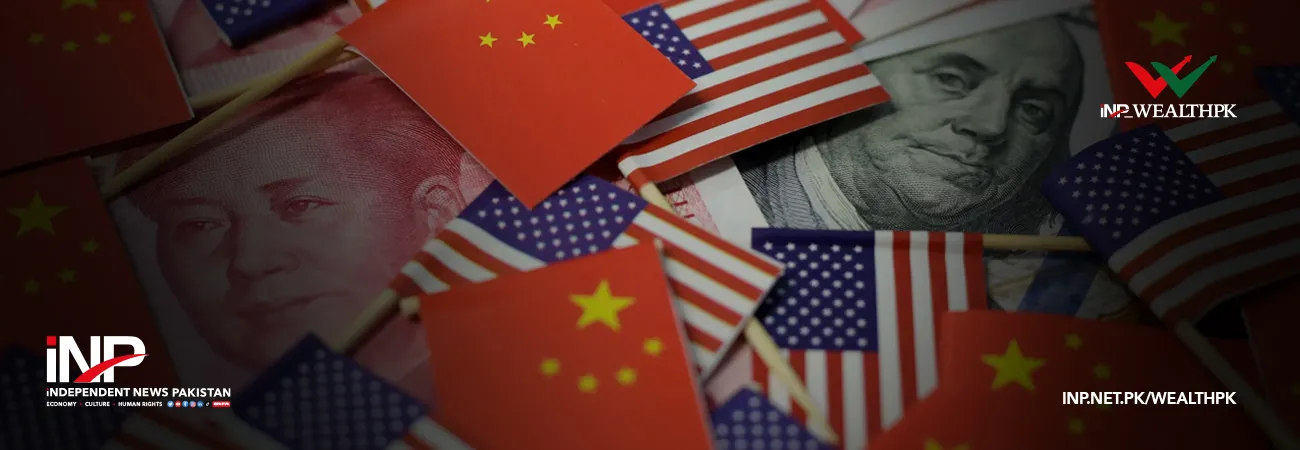INP-WealthPk
Amir Khan

The contrasting trends in trade with the US and China highlight a significant shift in Pakistan's export strategy. Talking to WealthPK, Special Secretary at the Ministry of Commerce Shakeel Ahmed Mangnejo noted that increasing exports to China show that Pakistani exporters are diversifying their markets to reduce reliance on traditional partners and explore new opportunities in emerging economies. He added that the government and policymakers need to address underlying issues affecting export competitiveness, such as improving access to capital, streamlining refund processes, and enhancing infrastructure to support export activities. Mangnejo also mentioned that the US market remains unpredictable, hindering Pakistani goods from securing a stable presence there. "This trend highlights the ongoing challenges in Pakistan's export sector, particularly in the textiles and clothing industries, which are major components of the country's trade portfolio," he pointed out. Moreover, Pakistan's exports to China increased significantly, rising by 33.68% to $2.707 billion in FY24 from $2.025 billion in the previous fiscal year.
This surge highlights the growing economic ties between Pakistan and China, driven by the China Pakistan Economic Corridor (CPEC) and other bilateral trade agreements. However, Pakistan's exports to the United States have experienced a continuous decline for the second year in a row, contracting by 8.42% in FY24 compared to the preceding year. Pakistan's merchandise exports to the US fell to $5.432 billion in FY24 from $5.93 billion in the previous year, according to the State Bank of Pakistan data. This follows a substantial decline of 23.28% in FY23 when exports to the US dropped to $5.17 billion from $6.74 billion the year before. Talking to WealthPK, Additional Secretary Trade and Diplomacy at the Ministry of Commerce Ahsan Ali Mangi said several factors have contributed to the persistent decline in exports to the US. One of the primary reasons is a shortage of capital, which has hampered businesses' ability to invest in their export operations. This lack of investment has directly impacted Pakistani exporters' competitiveness and production capacity, particularly in the textiles and clothing sectors, he added.
Additionally, businesses have faced issues including delays in receiving sales tax refunds, deferred sales tax payments, and income tax refunds. These financial bottlenecks have further strained the liquidity of exporters, making it difficult for them to sustain and expand their operations. Despite the decline in exports to the US, the American market remained Pakistan's largest export destination in FY24, indicating the significant role the US plays in Pakistan's trade dynamics, even as challenges persist. On the import side, Pakistan's imports from the US also saw a decline, dropping by 15.34% to $1.876 billion in FY24 from $2.216 billion a year ago. This follows a previous dip of 30.73% in FY23 when imports from the US fell to $2.11 billion from $3.05 billion in the prior fiscal year. The reduction in imports from the US can be attributed to multiple factors, including the overall slowdown in Pakistan's economy, currency depreciation, and increased costs of importing goods. These economic challenges have led to a cautious approach by businesses and consumers, reducing demand for imported goods. From an economic perspective, the declining exports to the US and the rising exports to China reflect a broader realignment in Pakistan's trade policy.
Credit: INP-WealthPk












